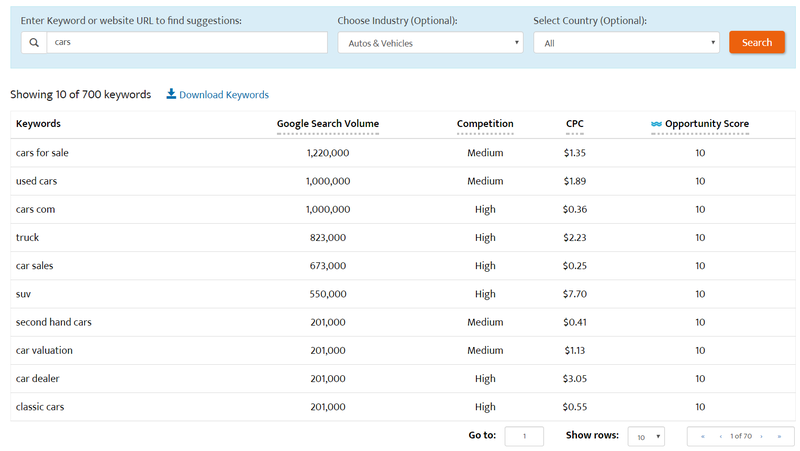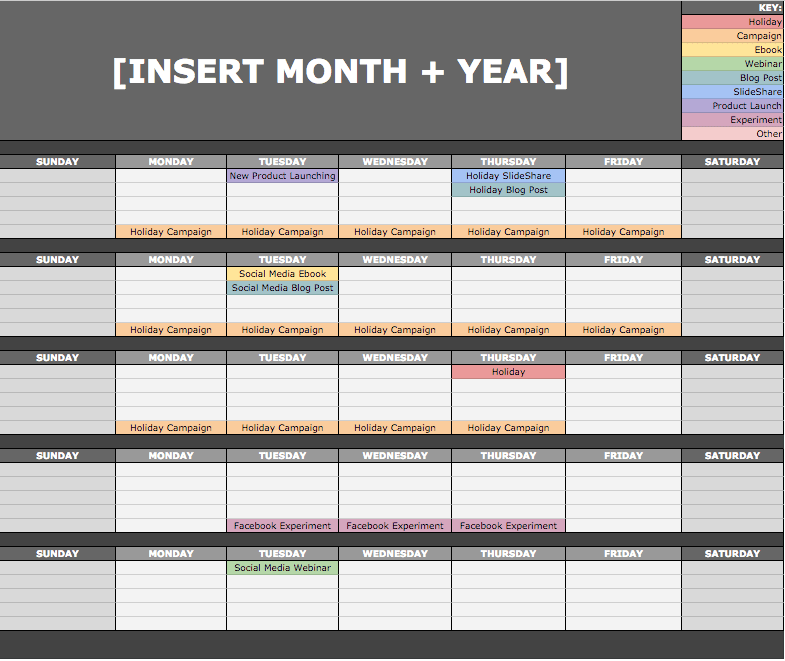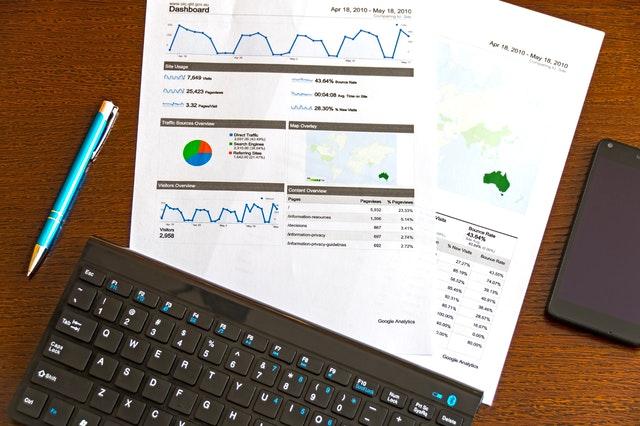Digital PR Strategies for 2021

Knowing where to reach target audience members and customers has always been critical for marketers and publicists. In both cases, the GPS points to digital channels where consumers and businesses choose to research, shop, and interact with brands.
During 2020, the shift to digital channels increased as in-store shopping and brand experiences were somewhat limited. As more people come to prefer digital channels, PR marketing strategies will need to increasingly focus on this environment.
Not sure where to begin in 2021? Here are some digital PR strategies to get you started.
Overview: What is digital PR?
Digital PR is an online marketing strategy that all types of businesses (B2B and B2C) use to enhance their online presence. In-house public relations and digital marketing teams, as well as digital PR agencies, network and partner with the media, influencers, journalists, and bloggers to build this online presence.
The objective is to build this digital profile through sharing online press releases, procuring high-quality backlinks and social media mentions, and improving Search Engine Optimization (SEO) visibility.
In turn, this generates publicity in the form of backlinks from websites, online publications, podcasts, social media mentions and posts, and customer reviews. By also addressing SEO, digital PR can help improve visibility and ranking on search engines.
Digital PR vs. traditional PR: What’s the difference?
Traditional PR and digital PR both share objectives and a focus on a tactical approach. The primary difference between the two is the channels they pursue to grow company or brand awareness and how they deliver the message to those channels.
Traditional PR targets channels such as print publications as well as television and radio. Pitch letters and press releases share news and developments with key journalists, whom you usually contact by phone or email.
Although these channels are still used in the public relations industry, digital PR pursues online publications like digital journals, podcasts, and blogs created by influencers, industry leaders, online journalists, and influencers.
While the content marketing approach to both digital PR and traditional PR is focused on increasing brand awareness, building credibility, and adding customers, digital PR content strategies also consider how that content can influence a website’s SEO visibility.
To be successful at this requires an understanding of Google’s search and ranking guidelines. Typically, a digital PR agency also includes SEO experts and content marketers who know how to craft search-optimized digital PR campaigns.
How a digital PR strategy can help your SEO
A digital PR strategy can amplify the impact of your SEO strategy to increase organic rankings, grow brand awareness and drive greater website traffic.
Raise your website’s Domain Authority (DA)
Your website’s DA is scored on a 100-point logarithmic scale that predicts how a website will rank on various search engines. The closer to 100 your DA score is, the more likely your website will score a higher search ranking.
This higher ranking then drives more high-quality web traffic to your website, because your links sit higher on search engine results pages (SERPs). The digital PR team takes this metric into account as part of its overall link-building strategy.
Strengthen brand awareness and authority
A digital public relations program aims to publish content on high-authority websites. This tactic then increases backlinks to your website that can improve your site’s rankings for certain keywords. The higher your position in the SERPs, the more likely that search traffic goes to your site. In partnership with content marketing, digital PR develops and publishes relevant, high-quality content that bolsters this brand authority.
Leverage earned coverage with media outlets
It is important to optimize keyword visibility, and one way to do this is through earned coverage. Since public relations is all about getting coverage, it’s important to develop a strategy that can combine this focus with knowledge of search engine optimization best practices.
In the process of getting brand mentions, it helps to shape your content around relevant phrases and links that emerge from keyword research using SEO tools. As a result, the earned coverage can help maximize the value of all your blog posts, press releases, and articles that are covered or shared on your website or social media accounts.

Use SEO tools like Wordstream to conduct keyword research. Source: wordstream.com.
7 steps to create a digital PR strategy for your small business
Now that you know why working with PR professionals on a digital PR strategy is crucial for success, the next step is to understand how to develop a strategy that fits your small business.
1. State your goals and objectives
It’s important to know the purpose behind your digital PR strategy, so list out goals and objectives tied to traffic, rankings, leads, and revenue. Other goals I’ve seen organizations use involved growing high-quality inbound links to their websites, building brand awareness, or diversifying their brands’ backlink profiles.
Mapping out these goals first will help you determine the types of campaigns and content your business needs going forward.
2. Define your target audience
These goals and objectives should then align with the various segments of your target audience. I’ve seen many companies use specific buyer personas. You may have already defined these personas within your marketing department, so be sure to share this information and assess whether the demographics are fully defined for PR messaging.
3. Give your brand a voice
Determine what your brand should sound like and what it should say based on what you know about your target audience and personas. A common tactic you typically see at this point is for marketing departments to build a list of topics and messaging themes in the brand’s voice. From there, you can develop those topics and themes into full-fledged content.
4. Develop your editorial calendar
At the core of your digital PR strategy is content creation. You also need to know when certain content will be more relevant than at other times, not just for your own readers.

Use an editorial calendar template to begin planning your digital PR outreach. Source: searchenginejournal.com.
This involves researching and connecting with publications, sites, and channels that may want to distribute your content at some point. Like traditional PR, digital PR needs to consider timing carefully and then plot a course and timeline for contacting the online outlet.
5. Generate your content offerings
The next step is to go to work on content creation, including video, infographics, thought leadership articles, blogs and guest blogs, white papers, research reports, and bylined articles.
One of the best strategies I’ve seen is to build off the topics and themes you’ve determined suit your audience and then optimize the finished content for SEO. You want it to rank highly so more people see it and you end up with more new or returning customers.
6. Begin outreach and media relationship development
As you start to implement these PR tactics and launch your content, it’s important to spend time on outreach in the meantime, developing relationships with the media contacts you’ve identified. Know what topics and fields bloggers and journalists cover, comment on those types of posts, and then share valuable content and information that they will find useful.
Perhaps the best advice I’ve heard in this area is to spend time on platforms that journalists use often themselves. If you go to the online services they spend their social media time on (like Twitter), and actually engage with them when they talk, then you may get to know them over time. That will increase the chances they may truly pay attention if you pitch them for coverage eventually.
7. Establish an assessment process for digital PR campaigns
Reporting and evaluation are vital to any campaign where money and time are invested. I’ve seen many organizations that struggle to do this consistently. Tracked metrics can show a positive ROI or reveal where you need to make improvements. Focus on reporting that looks at SEO and links, brand mentions and other coverage, organic traffic, and rankings.
Time to focus on PR work
Despite what you might have heard, public relations is very far from dead. There’s more to driving traffic than just social shares and influencer posts. PR is still a highly advantageous strategy as part of your overall digital marketing program to build brand awareness, authority, and interaction with your target audience. Now is the time to go to work on your outreach efforts and be part of the conversation.
Thanks for reading! Do you want to create thought leadership articles like the one above? If you struggle to translate your ideas into content that will help build credibility and influence others, sign up to get my latest online course “Writing From Your Voice” here.



